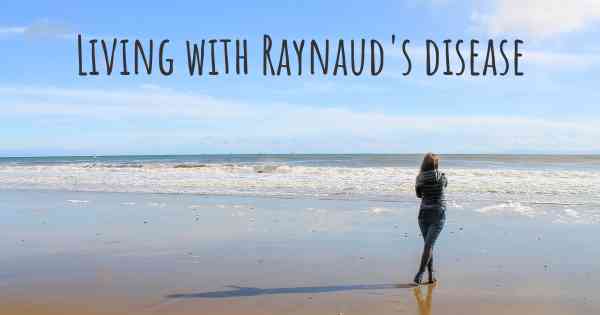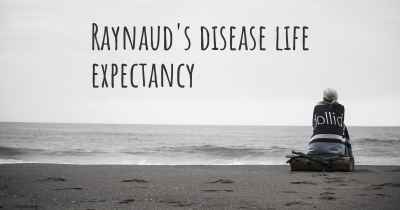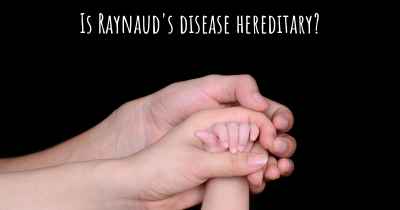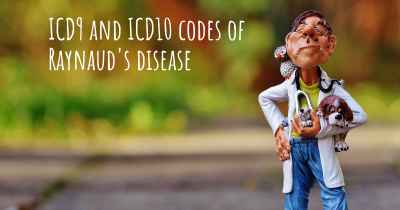Living with Raynaud's disease. How to live with Raynaud's disease?
Can you be happy living with Raynaud's disease? What do you have to do to be happy with Raynaud's disease? Living with Raynaud's disease can be difficult, but you have to fight to try to be happy. Have a look at things that other people have done to be happy with Raynaud's disease

Living with Raynaud's Disease
Raynaud's disease is a condition that affects the blood vessels, causing them to narrow and restrict blood flow to certain areas of the body, typically the fingers and toes. This can result in episodes of color changes, numbness, and pain in the affected areas. While there is no cure for Raynaud's disease, there are several strategies and lifestyle changes that can help manage the symptoms and improve quality of life.
1. Keep Warm
One of the most important aspects of living with Raynaud's disease is to keep warm, especially in cold temperatures or when exposed to air conditioning. Wearing warm clothing, including gloves, socks, and hats, can help prevent episodes triggered by cold weather. Layering your clothing is also beneficial as it helps trap heat and insulate your body.
2. Manage Stress
Stress is known to trigger Raynaud's episodes, so it is crucial to find effective ways to manage stress levels. Engaging in relaxation techniques such as deep breathing exercises, meditation, yoga, or tai chi can help reduce stress and promote overall well-being. Additionally, finding hobbies or activities that you enjoy can serve as a distraction and help alleviate stress.
3. Quit Smoking
Smoking can worsen the symptoms of Raynaud's disease by constricting blood vessels and reducing blood flow. If you are a smoker, quitting is highly recommended to improve circulation and reduce the frequency and severity of Raynaud's episodes. Seek support from healthcare professionals or join smoking cessation programs to increase your chances of success.
4. Exercise Regularly
Regular exercise is beneficial for overall circulation and can help manage Raynaud's symptoms. Engaging in low-impact exercises such as walking, swimming, or cycling can improve blood flow and reduce the frequency of episodes. However, it is important to avoid exercising in extremely cold temperatures or environments that may trigger an episode.
5. Avoid Triggers
Identifying and avoiding triggers that can provoke Raynaud's episodes is essential. Common triggers include exposure to cold temperatures, stress, caffeine, certain medications (such as beta-blockers), and vibrating tools. By understanding your triggers, you can take proactive measures to minimize their impact on your daily life.
6. Protect Your Extremities
Protecting your extremities from cold temperatures and trauma is crucial. When going outside in cold weather, make sure to wear warm gloves, socks, and appropriate footwear. Avoid tight-fitting shoes or accessories that may restrict blood flow. Additionally, using hand warmers or heated blankets can provide extra warmth during colder periods.
7. Maintain a Healthy Lifestyle
Adopting a healthy lifestyle can have a positive impact on managing Raynaud's disease. Eating a balanced diet rich in fruits, vegetables, whole grains, and lean proteins can support overall cardiovascular health. Avoiding excessive caffeine and alcohol consumption is also recommended as they can constrict blood vessels and worsen symptoms.
8. Medication and Medical Interventions
In severe cases, medication or medical interventions may be necessary to manage Raynaud's disease. Consult with a healthcare professional who can prescribe medications that help dilate blood vessels, such as calcium channel blockers or vasodilators. In rare cases, surgical procedures may be considered to improve blood flow to the affected areas.
Living with Raynaud's disease requires a proactive approach to manage symptoms and minimize their impact on daily life. By implementing these strategies and making necessary lifestyle changes, individuals with Raynaud's disease can lead fulfilling lives while effectively managing their condition.








